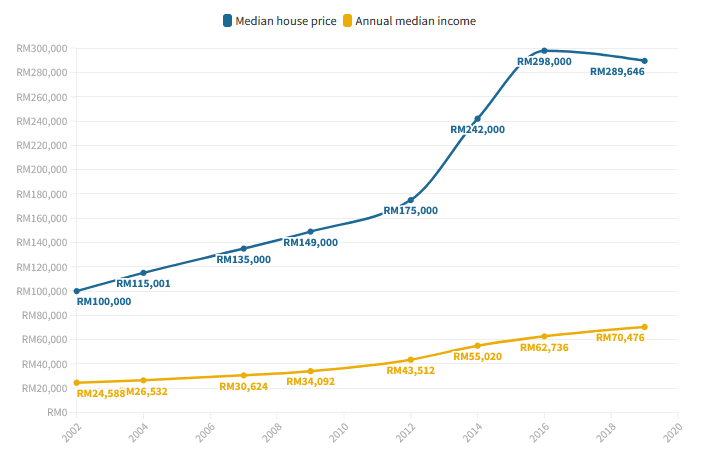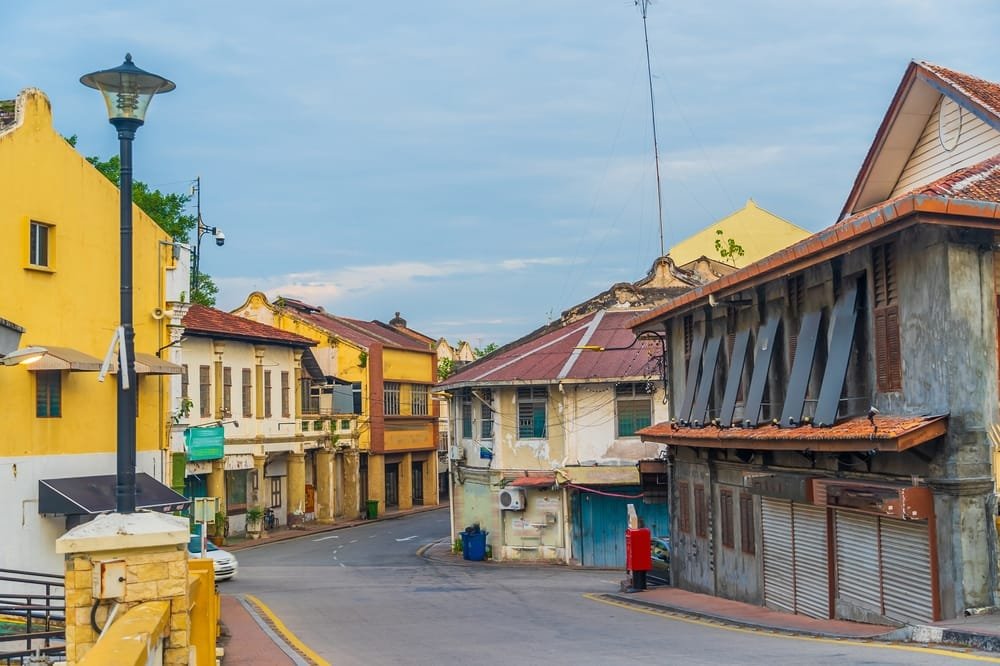Affordable housing has been a cornerstone of Malaysia’s national development. Since 1964, when the Ministry of Local Government and Housing was established, the government has been working to ensure that homes are accessible to a growing population. Over the decades, programs like the Perumahan Awam Kos Rendah (PAKR) and Projek Perumahan Rakyat (PPR) have sought to address the housing needs of low-income households. However, despite these efforts, the demand for Affordable Housing Malaysia continues to outstrip supply. It’s leading to significant challenges for both developers and prospective homeowners.
Government Initiatives and Support
The Malaysian government has rolled out various initiatives aimed at alleviating the Affordable Housing Malaysia crisis. Programs like Residensi Rakyat aim to offer quality homes priced at RM300,000 or less, helping first-time buyers gain access to the housing market. Additionally, stamp duty exemptions for homes below RM500,000 offer financial relief to younger buyers. These measures are essential, especially for low- and middle-income households, which form the bulk of the demand.
To further support homeownership, Bank Negara Malaysia has introduced financial literacy programs through the Credit Counselling and Debt Management Agency (AKPK). This agency helps potential buyers understand the total costs of homeownership and make informed financial decisions. Rent-to-own schemes are also gaining popularity, allowing Malaysians to rent a home with the option to buy it later, providing flexibility to those who might not have enough for a down payment.
Rising Demand in Affordable Housing Malaysia Outpacing Supply
Despite the government’s efforts, the affordable housing supply is not keeping pace with the demand. In 2022, the house price-to-income ratio soared to 4.32, indicating a growing gap between household incomes and housing affordability. This gap makes it difficult for many Malaysians to buy homes, particularly those in the B40 (bottom 40%) and M40 (middle 40%) income brackets. Even though policies focus on these groups, the actual supply of Affordable Housing Malaysia units is limited.

The imbalance between demand and supply is evident in the Malaysian property market’s performance. In the first quarter of 2024 alone, there were over 104,000 property transactions, valued at RM56.53 billion, with affordable homes making up a significant portion of these sales. However, the high demand has not translated into an increased supply of new affordable housing units, leaving many potential buyers struggling to find suitable homes.
Challenges Developers Face
Local developers face several hurdles in meeting the demand for Affordable Housing Malaysia. One of the biggest challenges is the rising cost of construction materials. The prices of steel, cement, and timber have all increased, which makes it difficult for developers to maintain affordability. As a result, many projects that aim to deliver affordable housing are either delayed or abandoned altogether. In January 2023, there were 718 housing projects that were either stalled or scrapped, creating a backlog in the housing supply.
Location is another critical issue. Many affordable housing projects are built on the outskirts of urban areas, far from essential amenities, workplaces, and transport links. This lack of accessibility makes these homes less appealing to buyers, who often prefer to live closer to cities for convenience. Consequently, even though these projects are priced affordably, their location diminishes their attractiveness, creating a disconnect between availability and actual demand.
Innovative Solutions for Affordable Housing Malaysia
Given the challenges developers face, innovative solutions are being explored to overcome these hurdles. Modular and prefabricated construction methods are gaining traction in Malaysia. These techniques allow for faster and cheaper construction, which could make housing more affordable. For example, Malaysian Resources Corporation Berhad (MRCB) is a company at the forefront of using modular construction to streamline building processes and reduce costs.
Public-private partnerships are another promising solution. By collaborating with the government, private developers can leverage resources and expertise to deliver Affordable Housing Malaysia projects more efficiently. These partnerships can also help bridge the gap between demand and supply by sharing the financial burden of construction.
Sustainability is an emerging trend in affordable housing development. Though building sustainable homes can be expensive, developers are exploring ways to incorporate green technologies and materials into their projects. This not only reduces the environmental impact of housing developments but can also lead to long-term cost savings for homeowners. However, sustainable housing remains out of reach for many low- and middle-income families due to its higher upfront costs.
The demand for Affordable Housing Malaysia is growing, driven by rising living costs and an increasing house price-to-income ratio. While the government has made significant efforts to provide housing for low- and middle-income households, many challenges remain. However, there is still hope that Malaysia can overcome these challenges and deliver more affordable homes in the future.

